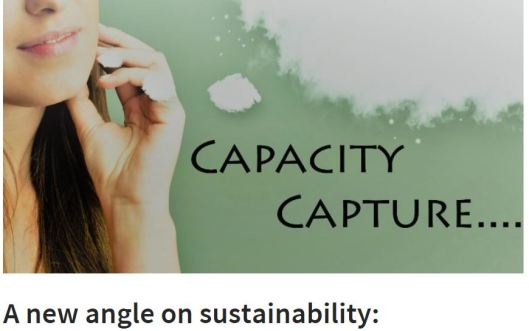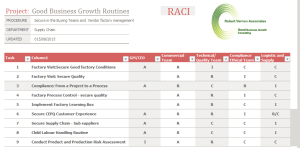
For a long time now, the customer return of a product has been part of most retailers’ total offer. This allows their customers to buy in confidence and consider their purchase to be at minimal risk – ‘I can always take it back’. As a marketing tool to drive sales it’s been a success. But is that the only measure of its contribution?
In my experience The Customer Return can be a vital source of quality improvement, product development and a cost reduction opportunity:
Customer Returns have been a part of the offer and they have been a successful marketing tool.
The process of handling the return from the customer must be secured. This involves capturing a generic reason for the return, ideally one of 4 system entry codes of; Quality Problems, Transport Damage, Store Damage and Customer Change of Mind. In addition, returns should record any comments the customer would wish to make to support the reason code selected. Entry systems wise this is basic stuff, but on a weekend when the customer service department has a long queue of less than impressed people who want their money back, so accurate return reasons captured by the Team can be at times problematic. The need to fully understand how valuable customer returns is vital. It’s not just a recharge to the supplier exercise!!
Once the customer returns have been processed, then the data handling and reporting output needs to be user friendly, concise and a tool for communication on a very regular basis.
The more visual in the communication and presentation the better – try to avoid a spreadsheet developers wet dream of coloured boxes, drop down menus and macros!
This golden nugget of data opportunities can be part of the following strategic development and operational activities in the improvement of the product, its quality and competitiveness:
Product Development:
Supplier Development:
- Quality – Process Control
- Sub Supplier Relationship Management
- The Improvement Staircase
- The Learning Box
Sourcing and Purchasing Development:
If the return rate for a range or product is high irrespective of reason, then what can be investigated at the design stage, on the shop floor or in the business negotiations? It may be a problem of quality, transit damage or poor design, but the question should always be asked why – yes even the customer change of minds!
Be imaginative and creative when analyzing the reasons for customer returns. Do not always accept that Change of Mind is what it is!! If you have customer comments, look for further clues in those statements. Set targets for return rates on all levels from a total company performance then down to specific product, range and category levels. Moving forward agree these with the whole supply chain including design and development. As with all these things it’s the patterns and trends that really highlight the golden nuggets for product improvement or even the decision to drop a range.
Do not always accept that Change of Mind is what it is!!
Conclusion:
Many organisatons run customer feedback sessions and conduct surveys and very valuable they are too, but most retailers already have a huge stream of information and data that can help secure the right design, product and service with the correct quality at the right price – it’s called Customer Returns…..

 Today, customers assume that products, services and supply processes are secured and compliant on social and environmental performance. If your organization is still struggling with this then don’t bother with the rest of this article!!
Today, customers assume that products, services and supply processes are secured and compliant on social and environmental performance. If your organization is still struggling with this then don’t bother with the rest of this article!!![damn-thing-work[1]](https://robertvernon.org/wp-content/uploads/2015/12/damn-thing-work1.jpg?w=329&h=441)
![the-vicious-circle-everything-is-integrated2[1]](https://robertvernon.org/wp-content/uploads/2015/12/the-vicious-circle-everything-is-integrated21.jpg?w=429&h=288)
![the-company-supply-chain-code-of-conduct[1]](https://robertvernon.org/wp-content/uploads/2015/12/the-company-supply-chain-code-of-conduct1.jpg?w=444&h=343)
 the customer experience and the supply chain. One of the classic examples on the consequences of this removal was in the sourcing of pizza cutters in China about 20 years ago. The local buying team and its vendor produced and supplied the circular knife as per dimensions and colour scheme – except it did not cut!! The team and the factory had no idea what a pizza cutter was! They did not understand the customer experience and probably did not know what a pizza was!
the customer experience and the supply chain. One of the classic examples on the consequences of this removal was in the sourcing of pizza cutters in China about 20 years ago. The local buying team and its vendor produced and supplied the circular knife as per dimensions and colour scheme – except it did not cut!! The team and the factory had no idea what a pizza cutter was! They did not understand the customer experience and probably did not know what a pizza was!




